Six Methods to teach vocabulary using Mother Tongue
As a teacher working with a textbook you often need to pre-teach a lot of new vocabulary, because otherwise the text on the following page will be incomprehensible to your students, or you will face a barrage of questions „What does this word mean?“ However, when you scourge the literature for methods how to do this effectively and in a relatively short time you will see that there is very little help there.
Advert:
[showmyads]
Even though P. Nation in his book Teaching Vocabulary Strategies and Techniques claims that „Every piece of research comparing deliberate learning with incidental learning has shown that deliberate word learning easily beats incidental vocabulary learning in terms of the time taken to learn and the amount learned,“ (Nation p. 104) there are only very few methods for deliberate teaching of vocabulary. In fact Nation in his book mentions only two: word cards and keyword technique.
Therefore I decided to start from there.
Word card method
The teacher pronounces the words and the students repeat them. Then you ask the students to turn the cards so that they would see the English words. They work on their own. They read the word in English (silently) and translate it into their MT. Then they turn the card and if the translation corresponds with the word they produced they place the card at the back of the stack. If it didn´t they place the card somewhere near the center of the stack.
In this way the students work for 2 minutes. After the two minutes the students turn the whole stack to see the words in their MT. The students now have to say the words in English (aloud). Then they turn the cards and check their answers again and if their translation is correct the card goes to the end of the stack and if it isn´t it goes to the centre. After 4 minutes the students put the cards down and they work on something else.
After 10 or 15 minutes they return to the cards again and they repeat the procedure but this time the times are shortened to 30 seconds and 1 minute.
Repeated crosswords
The greatest disadvantage of this method is the fact that you need 4 crosswords which take a lot of paper and time to prepare.
Rhymes
Honestly, I love this method. I think it is similar to the key word method and therefore it is quite successful.
The teacher prepares short verses which are in the students´ MT and at the end of each line there is the target word in English. This target word rhymes with an MT word which is somewhere in the middle of the verse. (see the example below)

You can see an example of the rhymes in Czech. The highlighted words rhyme with the bold words and there is a translation of the target word at the end of each line.
ADVERT:
[showmyadsa]
Students first read the verses aloud and the teacher corrects their pronunciation of the target words. Then they have 2 minutes to remember the rhyming word, the target word and the translation. After the two minutes students turn their papers with the rhymes face down. The teacher reads the rhymes randomly and he pauses before the bold words and the students say the missing word. If they cannot produce the bold word, the teacher says the word and the students repeat it and the teacher later reads the problematic line again.
After going through all the words in this way, the teacher randomly reads only the MT translations and the students say the words. If the students fail to produce the word, the teacher returns to it again a few words later.
It is a good idea to prepare a table with the MT words and ask the students to complete it with the English words at the end of the procedure. Thus the students recycle the vocabulary.
Basketball
One of the students will take the die and turn the list of words face down. He/She will throw the die and his/her partner will choose a random word in MT from the list. If the student says the word in English correctly he writes down as many points as there are on his/her die. If he doesn´t produce the word correctly, he will get 0 points. The students should write their points on a piece of paper as to keep their scores in order. After 5 throws the students swap their roles. The students can swap their roles as many times as they like but they have only 7 minutes to play. The world record in this game is 103 points 🙂
Swimming pool
In the first phase the teacher hands out the lists of words where the words are in English and MT. The teacher then reads the words aloud and the students repeat them. Then the students have 3 minutes to remember the words.
ADVERT:
[showmyads] Students work in pairs. They use the grid and go along the lines and together say the words in English. If they do not know the word, they can have a look into the original table. The grid is usually a table 3×25 and all the words there are in MT and they are in random order. (see below)
After about 3 minutes the activity changes and the students play the game Swimming pool. Students work in pairs or groups of three and each chooses a column. They mustn´t choose the same column as their partner. Once the teacher says start they start saying the words in their column aloud in English. They start with the word at the top of their column and they go down. If they do not know the word they can have a look into the original table. The winner is the student who gets to the last word in their column first.
As all the students speak at the same time it is a bit of a mayhem but it is not that bad.
Once all of them finish their columns, students change columns and play the game again. Students can play the game as many times as you like, but three times is ideal.
In the last step the students have 4 minutes to write all the words into the grid. If they do not know the word they can have a look into the original table. They mustn´t leave any square empty.
Clap your hands
Teacher gives each student a word to remember and tells him/her its meaning in MT. Students and the teacher stand in a circle and they get their hands ready. On count of three they clap twice and the first student says his assigned word in English and Czech. Students clap twice and the second student says his word in Czech and English. Thus they go till they get to the last student.
In the second round the students again clap twice, but this time they say their words only in English. They go like this till all the students said their words.
In the third round students clap twice and the first student says her word in English. Students clap twice and the second student says the first student’s word, students clap twice and he says his word. The third student repeats the first student’s word, clap clap, the second student’s word and her word. Thus it goes till the last student repeats all the words.
Then all the students say all the words together and they clap after each twice. Students sit down and the teacher hands out tables where only the MT meaning is given. Students´ task is to complete the table with the new words. Then one of the students should write the words on the board and the students check their answers.
Below you can see a part of the table the students complete:

The greatest disadvantage of this method is the fact that the number of students present is extremely improtant. The ideal situation is when there are as many students as there are words to be taught. It is not advisable to give more than 1 word to each student.
I hope you will find these methods useful.
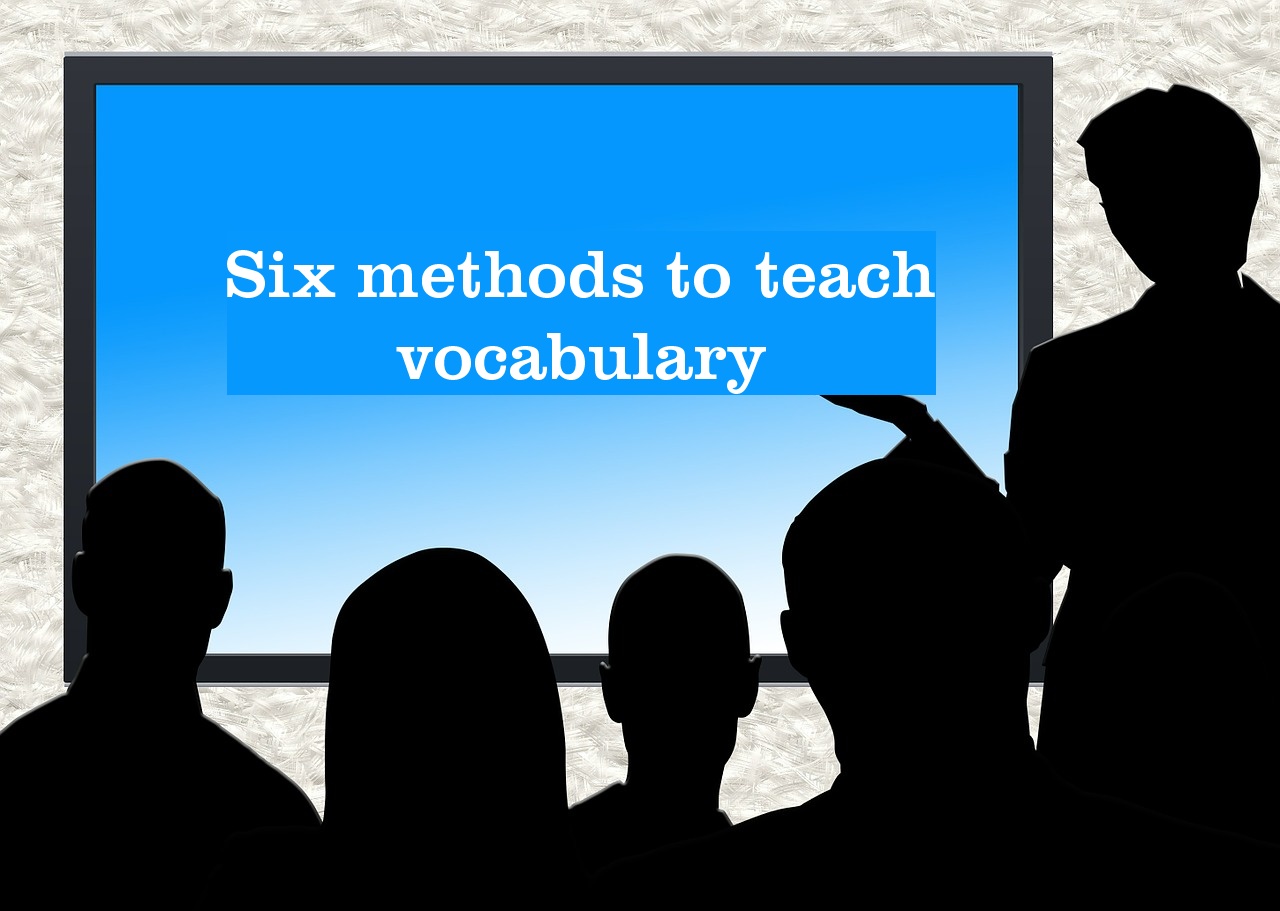
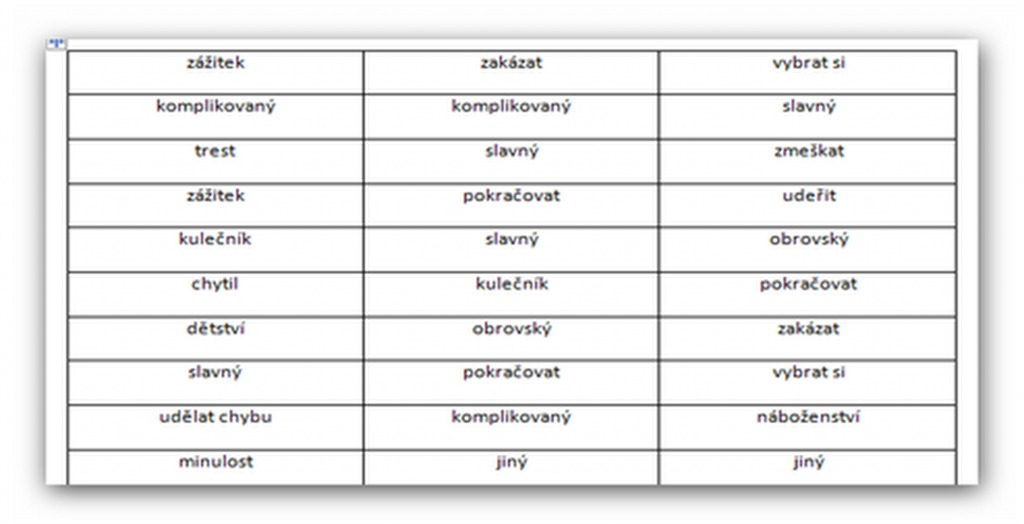
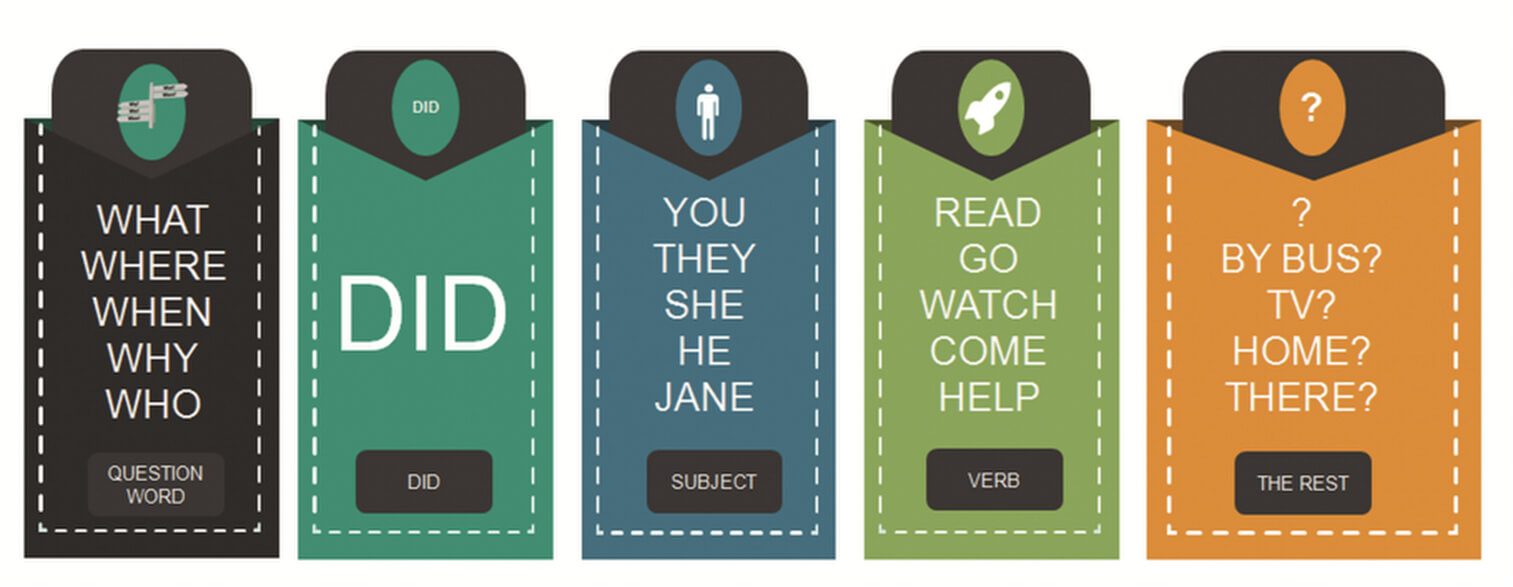
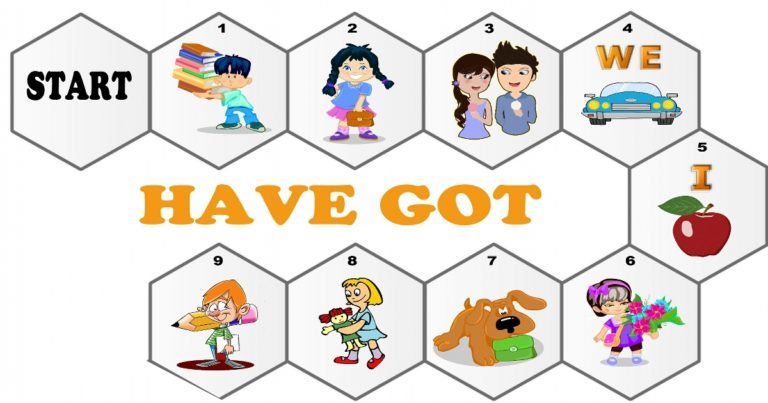
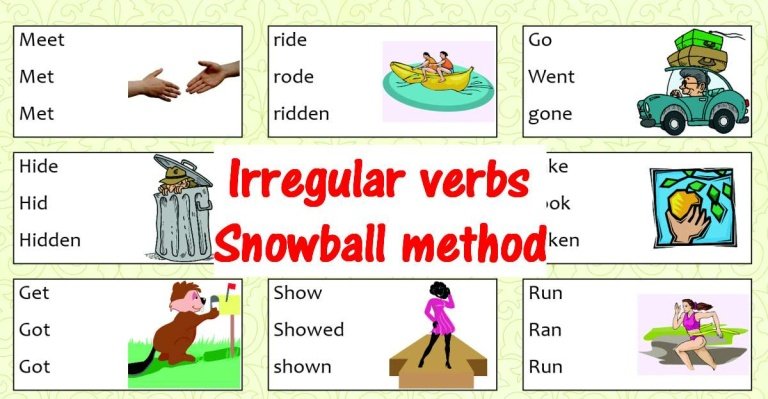
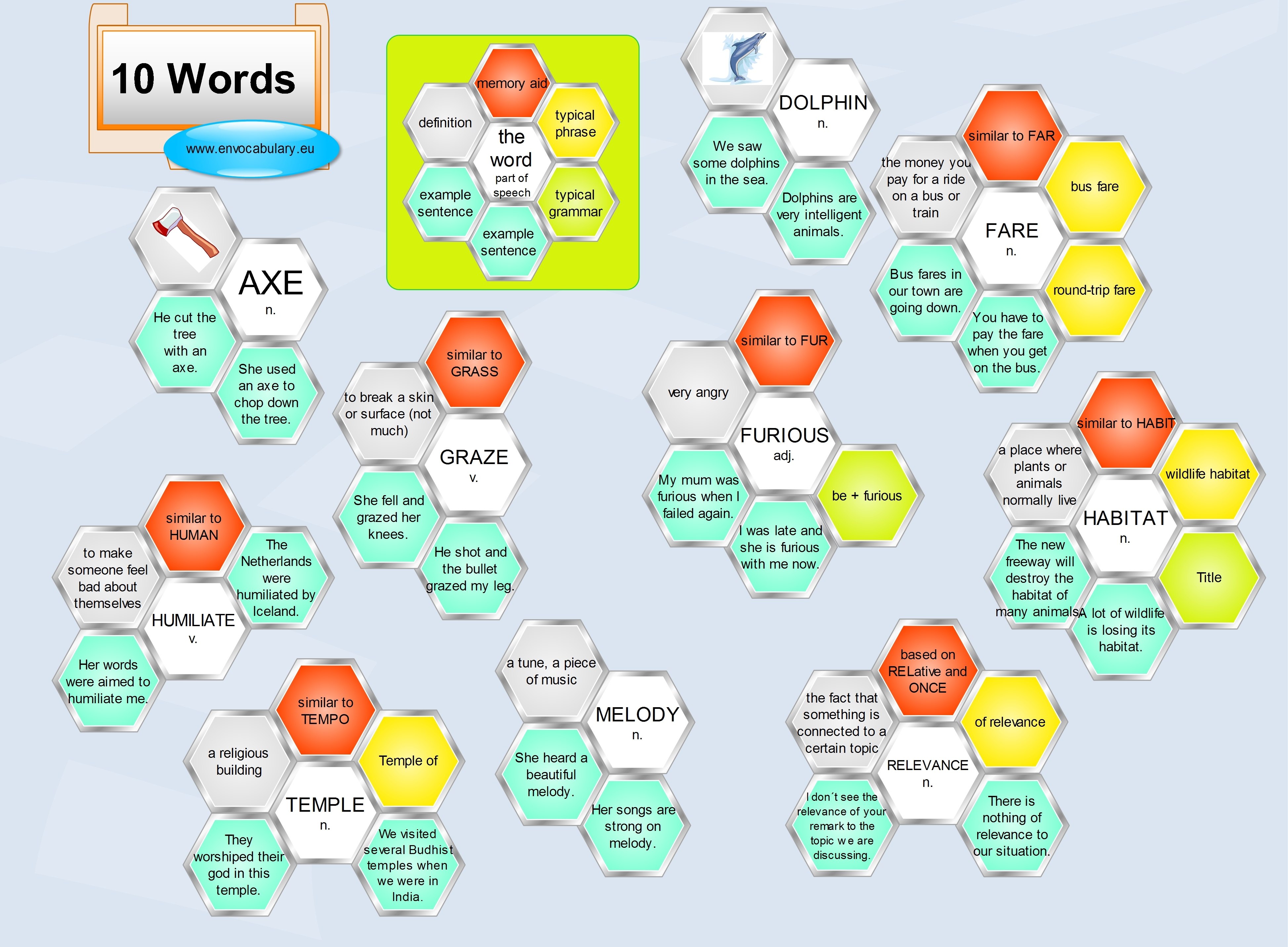
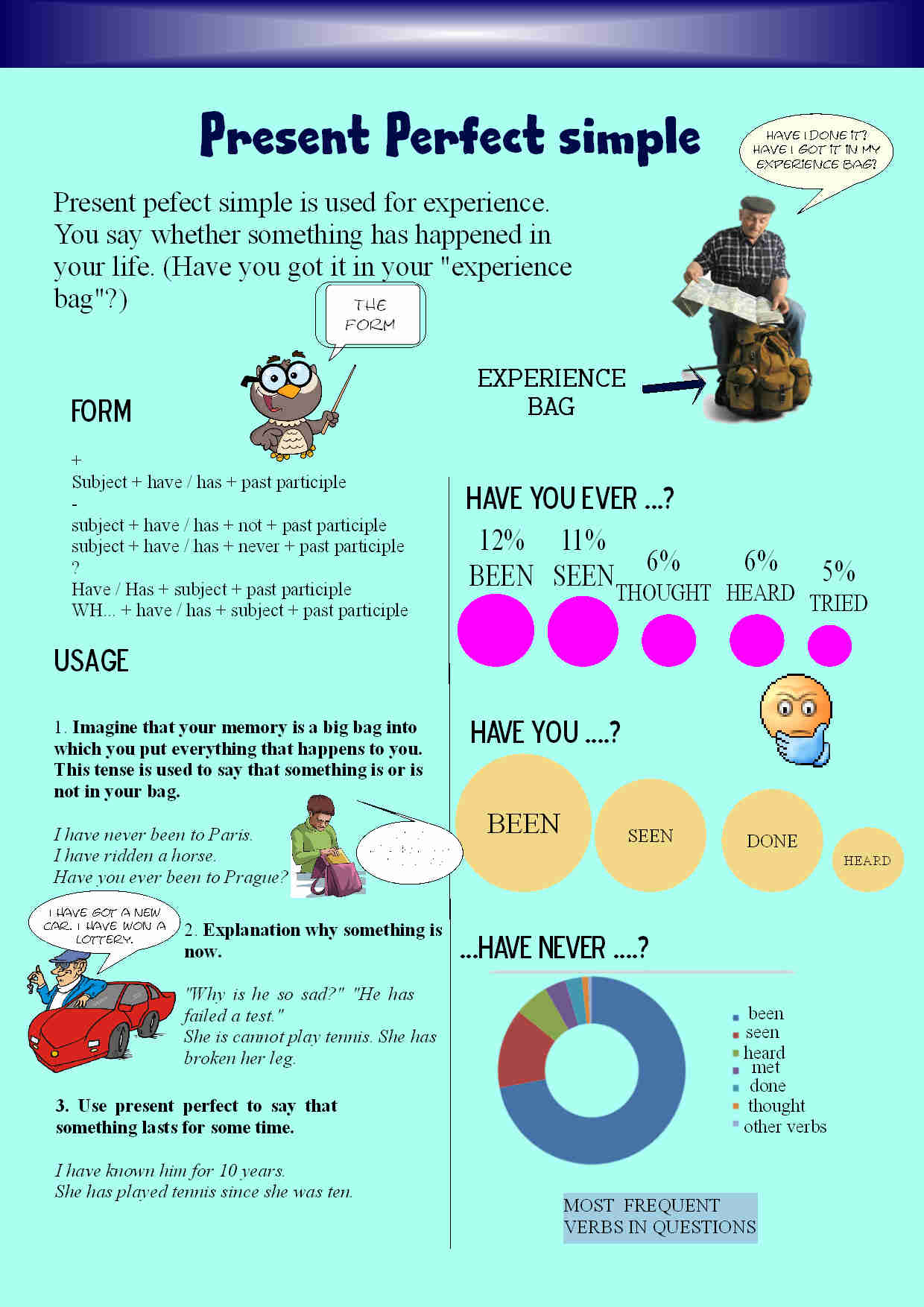
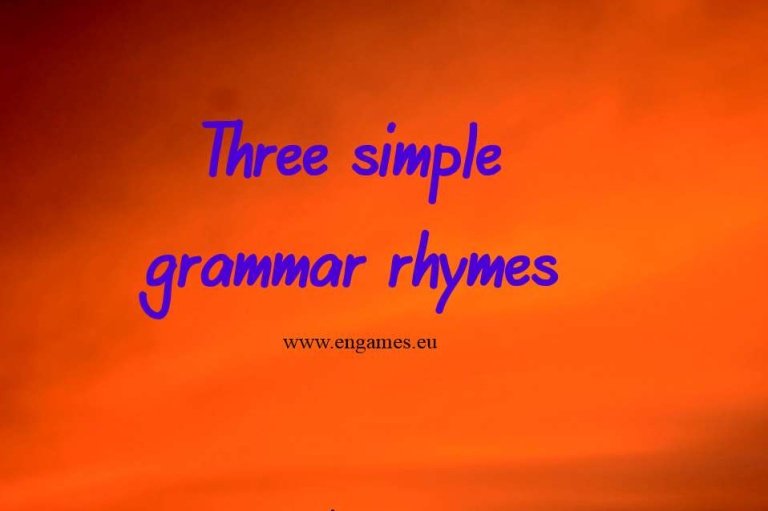
Great ideas! I would like to see the swimming pool and the clap your hands demoed on youtube to get a better idea. Thanks for sharing!
That is a good idea. I will try to do it but not very soon.
It is a good idea and useful for me.